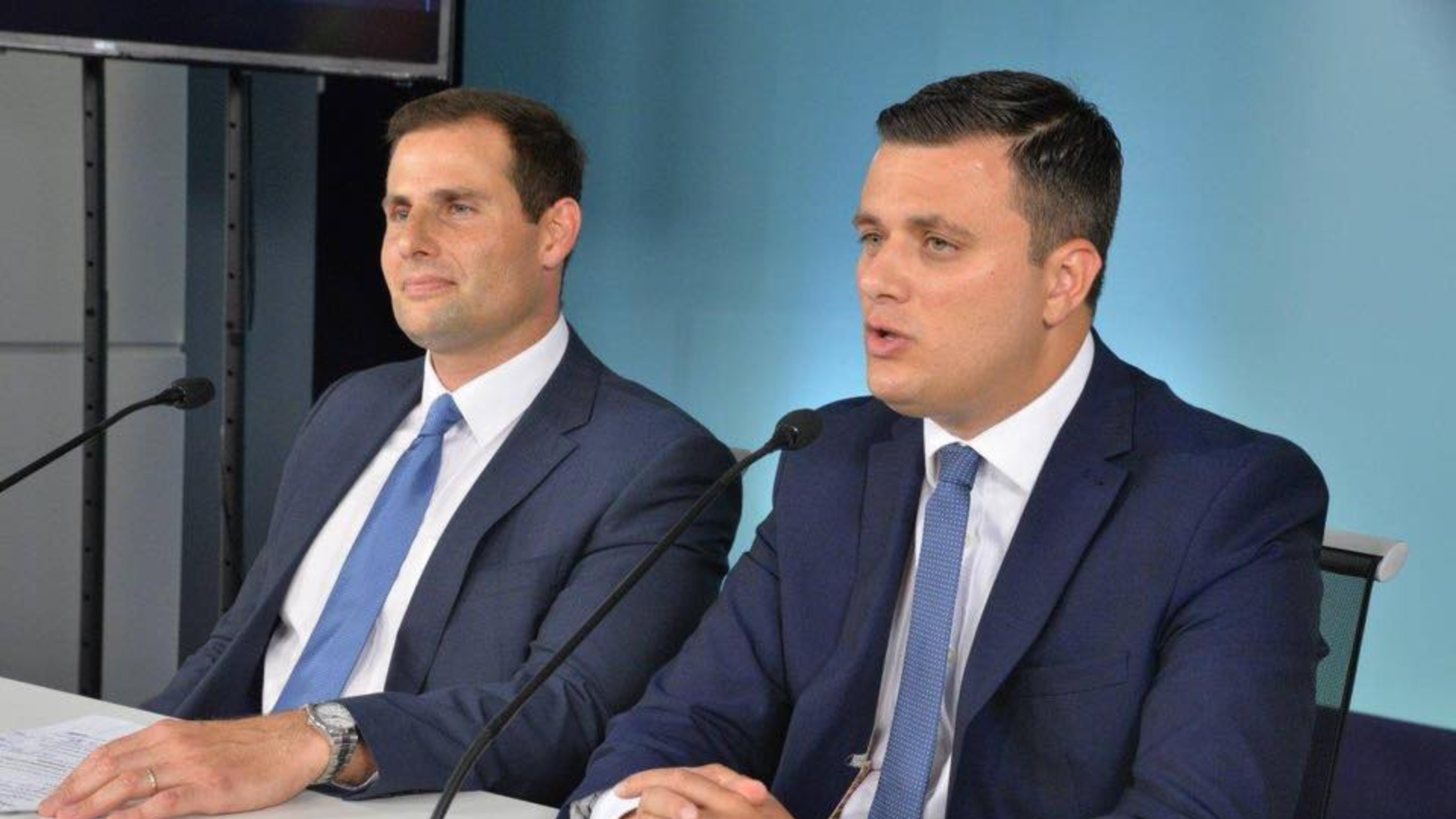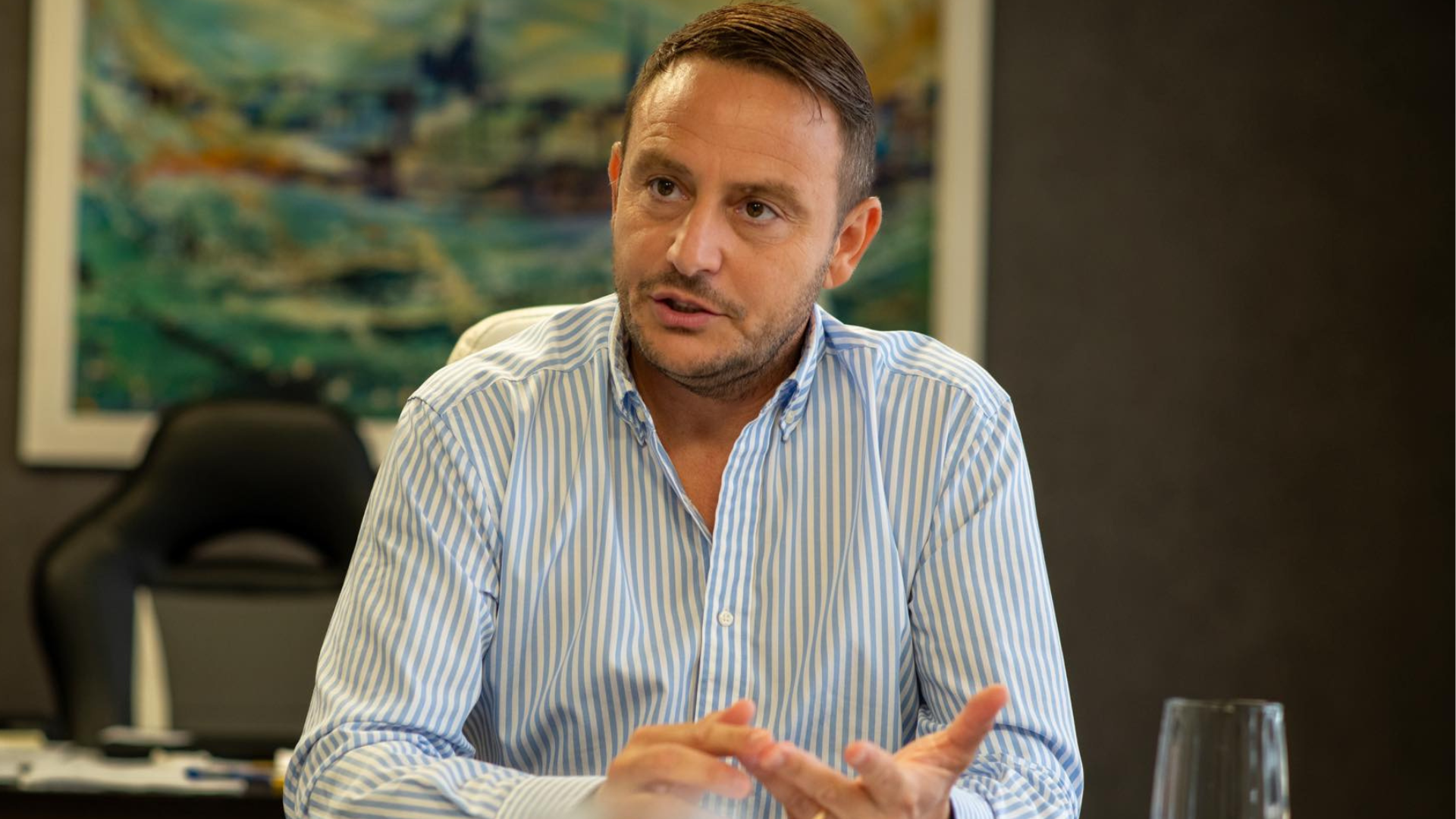An amendment floated on Monday by Minister Carmelo Abela during a parliamentary committee meeting would narrow the reach of an EU Directive that is designed to increase the transparency of media ownership.
The Bill transposing the EU Directive, which had been in the works since 2017 and which was approved by the Council of Ministers and the EU Parliament on 14 November 2018, was due to be enacted into law by parliament in the few days before the summer recess.
Deadline for passage of the Bill is 20 September, but the parliamentary committee convened to discuss the Bill on Monday, then deciding to reconvene after additional consultations and clarification upon the request of PN MP Therese Comodini Cachia.
The MP said media houses had told her over the past few days that law would be financially crippling for small-scale media houses in Malta.
In a joint statement on the day, four media houses – Lovin Malta, MaltaToday, Times of Malta and Malta Independent – said the law is a threat to media pluralism. Yet the objective of the EU Directive is in fact “to strengthen freedom of expression, and, by extension, to promote media pluralism”.
The Shift questions the stand taken by the four newsrooms after its careful reading of the law and the Bill proposed, as well consultations held with legal experts.
What are the provisions of the Directive?
The Directive seeks tighter rules on “audiovisual media services” – any type of footage-based video content, especially online – to remove harmful content.
This is achieved in two ways, establishing transparency on media ownership so that viewers can be aware of who is producing the video as well as by placing curbs on advertising that aims to manipulate perceptions.
Differentiation is made between commercial content, or any type of advertising, on which less restrictive controls are placed, and content that has a bearing on “the way people form opinions”: news and current affairs programmes.
Innovatively, the Directive makes news an essential public service, and then seeks to regulate the provision of news, including current affairs broadcasts, more stringently. It also puts videos for children and consumers, as well as those of a religious nature, under similarly strict regulation.
The curbs include commercial or political sponsorship of these types of audiovisual programmes – the reason being that a sponsor would obviously seek some kind of subtle or embedded promotion – as well as pop up adverts and product placement.
In essence, the Directive seeks to ensure that people would be able to distinguish what part of the content is advertising and what part is editorial content. This distinction has been blurred in recent years as media houses migrated online and, in a bid to survive, increasingly resort to creative advertising that is sometimes not easily distinguishable from news.
The Directive also seeks to protect children by making it an obligation to have age-restricted filters on videos online, as well as banning advertising of junk foods and other morally-questionable adverts. These cannot appear directly before and after children’s programmes, or on channels where children access videos.
Another requirement is to make these audiovisual programmes accessible to people with disabilities.
Why opposition from media houses?
Audiovisual content of English-language media is limited at the moment – two of the English-language newspapers have current affairs programmes but there is little else – and hence the effect of the Directive will be marginal.
Although the law would curb potential pop up advertising in these programmes, the producers could switch to more traditional forms of advertising before or after the programme.
The limits on time of broadcast of adult content, as well as types of advertising (for alcohol, gambling, and so on), are enshrined in the Bill – intended to protect children – will also have a marginal impact on these broadcasts.
On the other hand, there will be some added bureaucracy as well as an increase in the cost of production because of the stipulation of making video broadcasts accessible to people with disabilities and putting technical age-appropriate filters.
A larger impact will be on those online platforms that exploit revenue possibilities on audiovisual content through pop up advertising and product placement.
What is this about media literacy?
The Bill introduces the concept of media literacy, defined as “skills, knowledge and understanding that allow citizens to use media effectively and safely.”
The idea is to foster “critical thinking skills” that would “enable citizens to access information and to use, critically assess and create media content responsibly and safely.”
The overall aim is to develop an advanced media society in which media consumers would be able “to exercise judgment, analyse complex realities and recognise the difference between opinion and fact.”
This is essential for media development in Malta. Much of the content of the political party media is little more than glorified propaganda.
There are also issues regarding access to information after instances in which government officials have selectively leaked material to particular journalists deemed ‘friendly’, something that serves to raise the profile of those journalists and their stories but simultaneously creates the danger of misinformation resulting from planted stories.
Through these planted stories, political parties are able to influence public opinion under the guise of independent journalism.
What’s the issue with political party media?
By way of comparison, the independent media houses in their statement last Monday took issue with the opaque advertising and quality of news and current affairs broadcasts of political party TV.
It’s a valid point: the glorified propaganda and journalistic subjectivity evident on Party TVs goes against the spirit of the Directive, and the Bill making its way through the Maltese parliament.
In this situation, it’s not clear how Party TV stations are going to become part of the concerted effort to promote media literacy, as laid down in the EU Directive, while at the same time broadcasting examples of the kind of content that a media literate society would learn to avoid.
This shows the anomaly of the situation in Malta. The Party media is a disservice to journalism and society and, if there is one thing that can be done to strengthen media and lessen the financial impact of the Directive on the rest of the media, then the obvious thing would be to shut down the Party media.
What’s the effect of watering down the Directive?
Carmelo Abela, the Minister within the Office of the Prime Minister who is piloting this Bill through parliament, proposed in last Monday’s committee that current affairs programmes are excluded from the kind of content and not subjected to curbs on pop up advertising and sponsorship.
It is not clear if this is possible because of a body called ERGA, established by the EU Commission and tasked with “ensur[ing] a consistent implementation” of the Directive across EU countries.
Moreover, the Directive defines the jurisdiction of “media service providers” on the basis of where they are physically based. In this sense, a company based in Malta could produce videos that fall under current affairs that are then broadcast online for, say, audiences in Germany.
These service providers would be using Malta’s omission to undermine the law or media transparency in Germany. They could also seek to influence opinion or elections in Germany.
But that company could potentially be out of reach of the Directive’s regulations or sanction due to the exemption in Maltese law, something that would put Malta on a collision course with the EU Commission and other EU States.
It has to be remembered that the Directive partly seeks to thwart this kind of meddling in elections via productions or broadcasts which the European intelligence services have been raising the alert about over the last few years.
Malta would undermine this effort if it created loopholes that allowed such broadcasts to continue within the EU.













